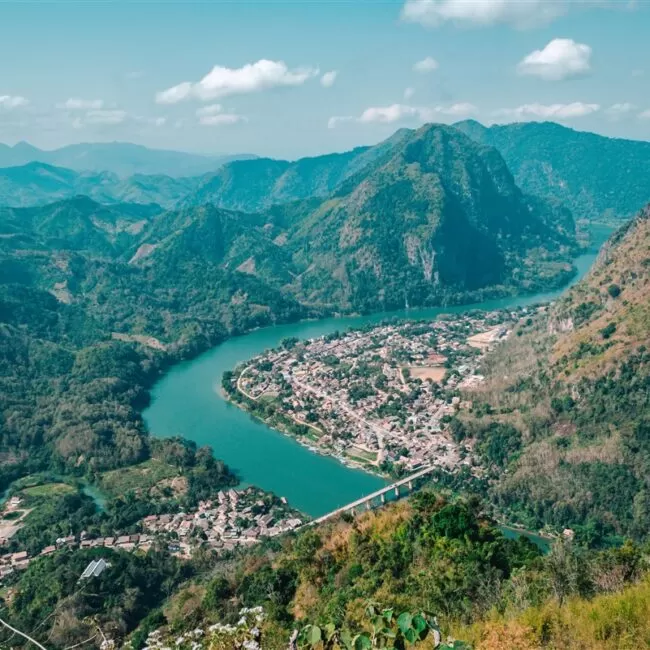

Hanoi, the pulsating capital of Vietnam is a wonderful city to visit. Hawker stalls, millions of motorbikes, and sights like the Ho Chi Minh Mausoleum give this city its distinct character. But, is Hanoi safe to visit as a tourist? We’ll dive deep into this topic in this post!
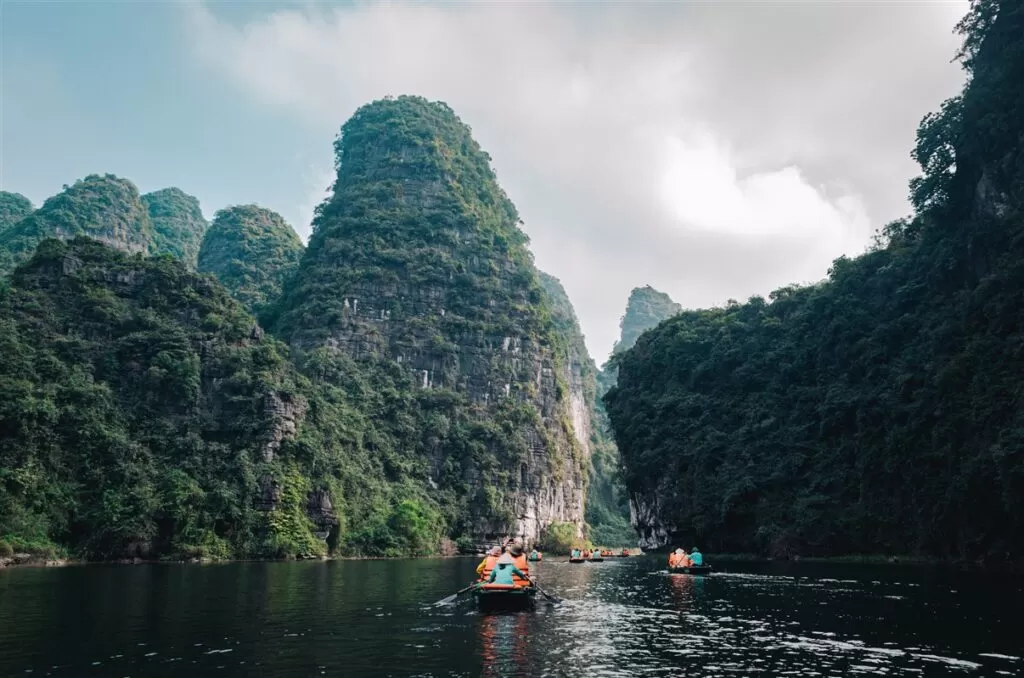
Trang An boat tour near Tam Coc, Ninh Binh
Vietnam is located in Southeast Asia and is a country steeped in rich history and vibrant culture. Defined by its wavy topography, it stretches from the lush rice terraces and misty mountains of places like Mai Chau, Pu Luong, and Cat Ba in the north to the picturesque deltas and white-sand beaches of the south.
Once ravaged by wars, Vietnam has emerged as a symbol of resilience and growth. Its historical sites, such as the ancient town of Hoi An and the imperial city of Hué, offer a glimpse into the nation’s past, while bustling cities like Ho Chi Minh City and Hanoi showcase its rapid modernization.
Vietnamese cuisine, celebrated for its complex flavors and fresh ingredients, is a culinary journey in itself. Pho and Banh Mi are just a few dishes that have gathered global acclaim and even vegan versions of these traditional Vietnamese dishes can easily be found.
The true essence of Vietnam, however, lies in its people who are warm, hospitable, and ever-forward-looking!
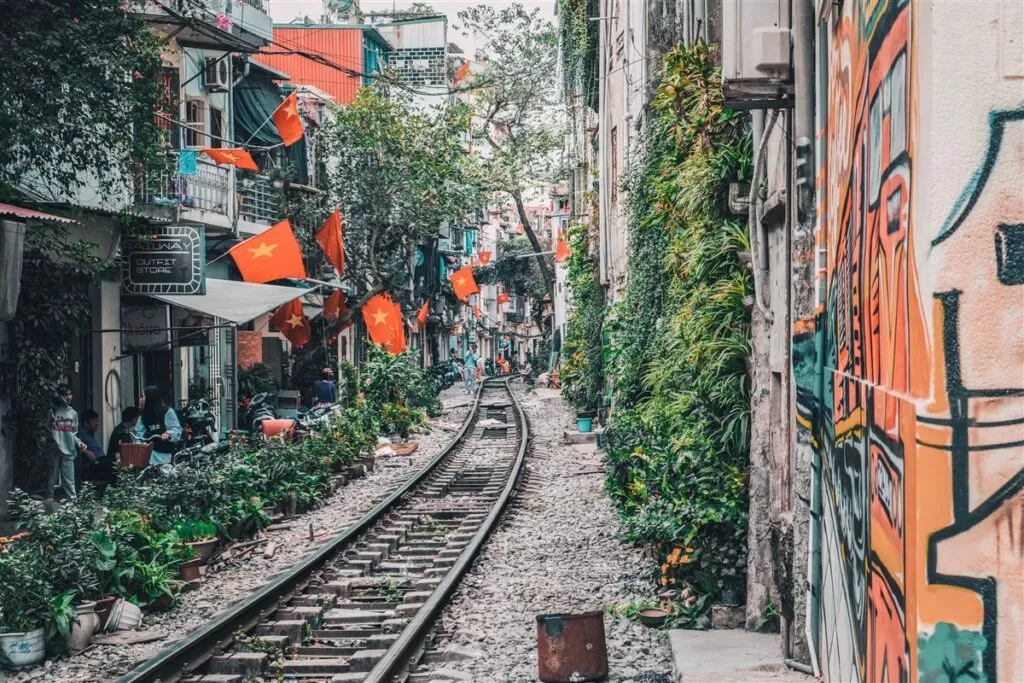
Train street in Hanoi, Vietnam
Hanoi, the capital of Vietnam, is a lovely blend of old-world charm and modern dynamism. Dominated by centuries-old architecture, tree-lined boulevards, and scenic lakes, it’s a unique place to walk around.
The Old Quarter, with its bustling markets and labyrinthine streets, whispers tales of the past, while the elegant Hoan Kiem Lake provides a serene escape in the city’s heart.
Landmarks like the Ho Chi Minh Mausoleum and the Hoa Lu Prison highlight the nation’s honor for its history. But, is Hanoi safe to visit for tourists?
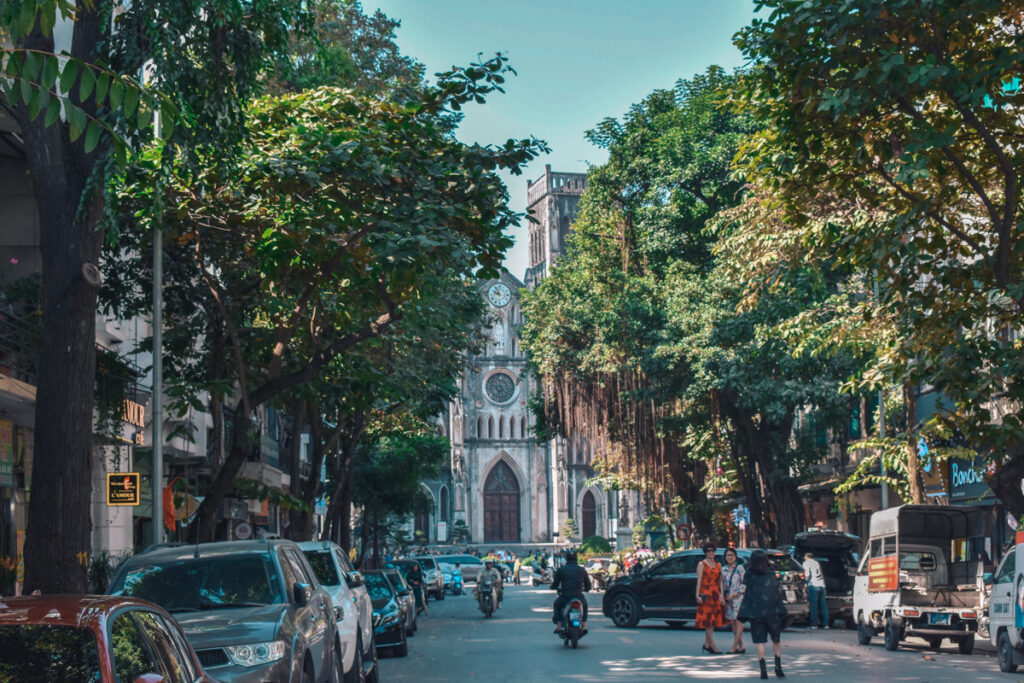
Streets of Hanoi, Vietnam
Hanoi is generally considered safe for tourists. Like any other major city around the world, it has areas that are popular and frequently visited by tourists, and these tend to be safe and well-patrolled.
es, Hanoi is generally safe for tourists. The city is one of the popular tourist destinations in Southeast Asia, and the local government and businesses often take measures to ensure that tourists have a pleasant and safe experience.
Hanoi, like many major cities worldwide, is generally safe for solo female travelers. Many women have traveled alone in the city and had positive experiences.
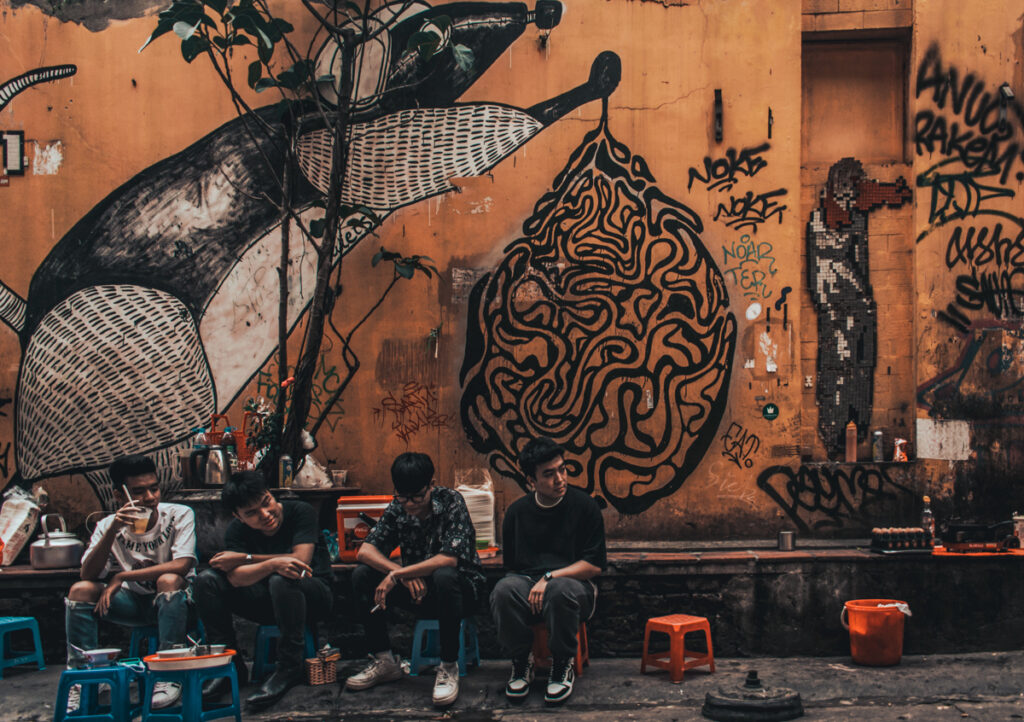
Streets of Hanoi, Vietnam at night
Hanoi, compared to many other global cities, is relatively safe at night. Both locals and tourists get out until late at night because of the cooler temperatures and enjoy the city’s nighttime offerings, from late-night eateries to bustling markets and street performances.
Hanoi, the capital city of Vietnam, is generally safe to live in. Many expatriates, both Western and from other parts of Asia, have chosen Hanoi as their home.
One of the appealing aspects of Hanoi is its relatively low cost of living compared to Western cities. However, this can vary depending on your lifestyle and choices, especially if you opt for more Western-style accommodations and amenities.
While Hanoi has several hospitals and clinics, the healthcare standards might sometimes not be what you are accustomed to though. If you decide to live in Hanoi, it’s crucial to have good health insurance and seek out Western-style clinics consciously.
There aren’t specific places or areas in Hanoi that are universally recognized as “no-go” zones for safety concerns. Hanoi is considered one of the safer capital cities in the region. However, like any major urban center, there are general areas or situations that might be riskier, especially for tourists:
Yes, it is generally safe to walk around Hanoi alone, both for locals and tourists. It’s a positive experience, to explore the city on foot, even solo. The only thing you need to look out for, are the thousands of motorbikes when crossing the streets!
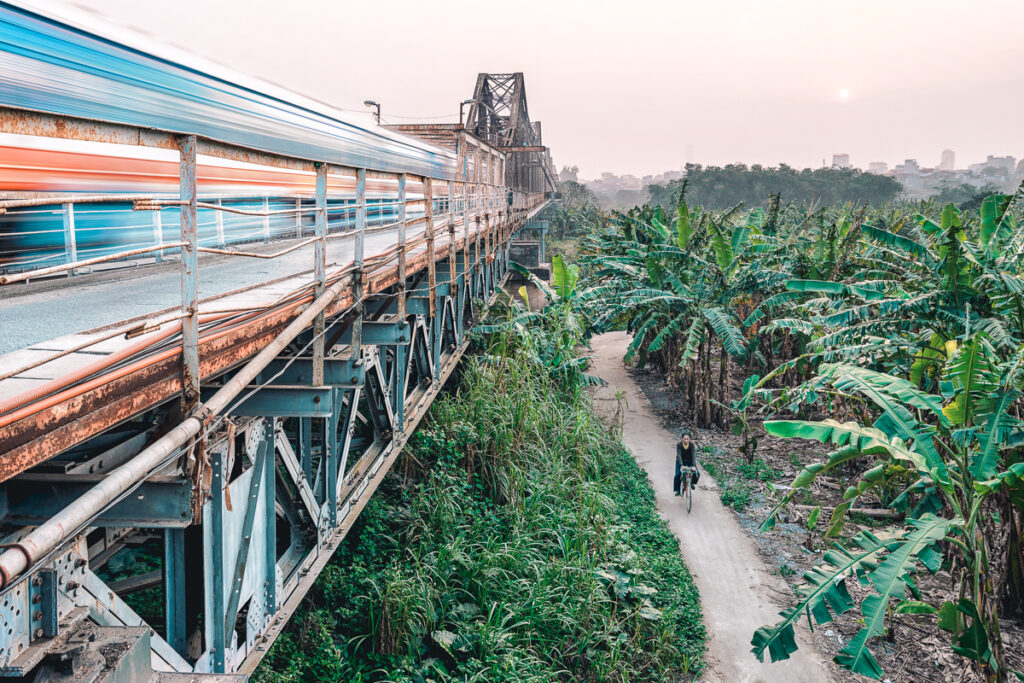
Train in Hanoi, Vietnam
Public transport in Hanoi, like buses and the newer metro system, is generally safe for both locals and tourists. However, as with public transportation in many cities worldwide, there are some precautions to consider:
→ Also read: Bus From Hanoi to Sapa: All You Need to Know
Hanoi’s air quality fluctuates based on factors such as the time of year, weather conditions, and various pollution sources. While there are days with clear, breathable air, the city has also faced episodes of concerning pollution levels.
Several contributors to this variability include emissions from local industries and the vast number of vehicles, particularly motorbikes. The city’s rapid development and construction also introduce dust and pollutants into the atmosphere.
Additionally, during certain transitional seasons, like summer to autumn, crop burning by farmers in neighboring regions can adversely affect Hanoi’s air quality. It’s also worth noting that pollutants from distant areas can sometimes drift into the city, worsening the situation.
For residents and visitors concerned about air quality, it’s recommended to monitor the Air Quality Index (AQI) through platforms such as AQICN or IQAir.
Those with underlying respiratory conditions, as well as vulnerable groups like the elderly and children, should exercise extra caution, especially during periods of poor air quality. On such days, it might be advisable to reduce outdoor exposure or wear masks.
Hanoi is relatively safe concerning some natural disasters, but it is not entirely exempt from environmental challenges.
Hanoi is susceptible to seasonal flooding, primarily during the rainy season. Heavy rainfalls can lead to localized flooding in parts of the city, especially in low-lying areas. While the city has made efforts to improve its drainage system, occasional floods can still occur.
Furthermore, Hanoi can experience periods of extreme heat, particularly in the summer months.
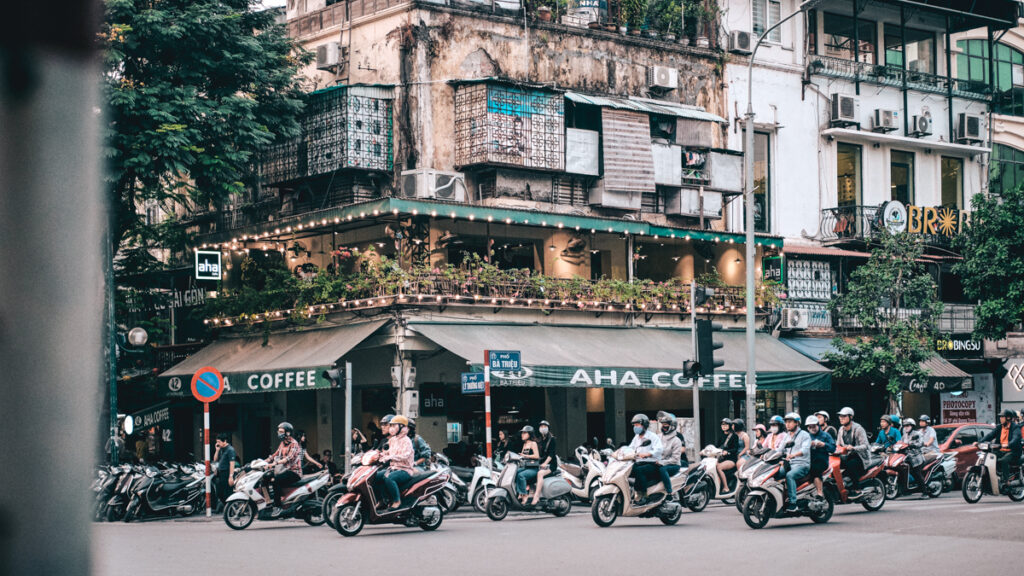
Streets of Hanoi, Vietnam
Staying safe in Hanoi, as in any major city, requires a combination of awareness, preparedness, and respect for local customs and norms. Here are some guidelines to help ensure a safe experience:
now that you know that Hanoi is a safe city to visit, here are 5 top things to do in Hanoi as a conscious traveler!
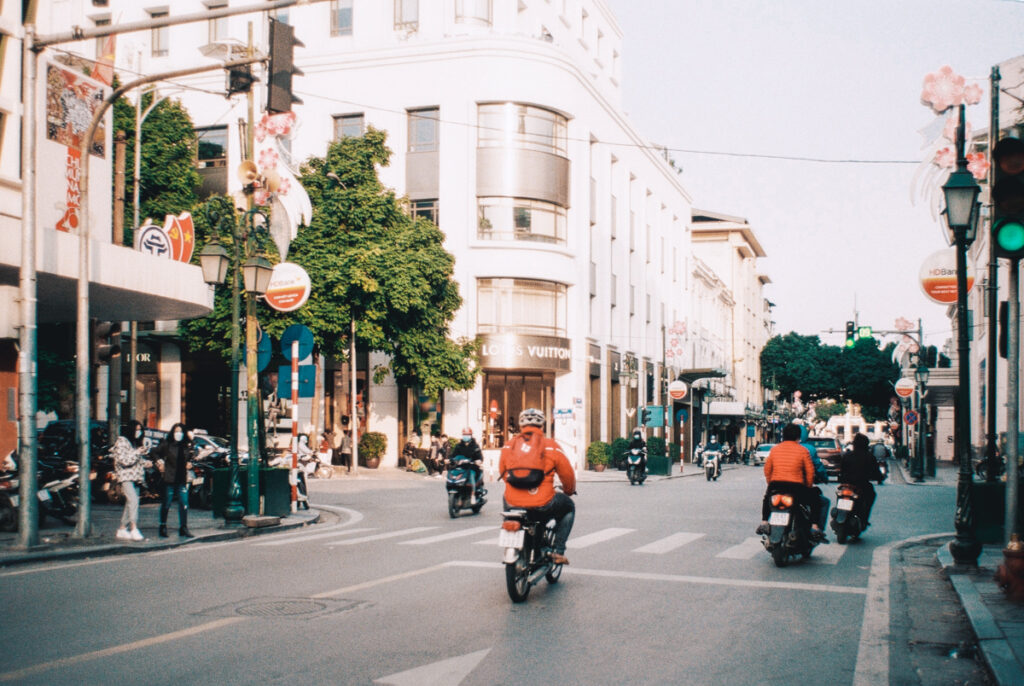
Streets of the Old Quarter, Hanoi
The Old Quarter, often considered the heart of Hanoi, offers a great blend of touristy spots and contemporary Vietnamese life. This labyrinth of narrow streets dates back over a millennium, once organized by trade guilds and retaining names like “Silk Street.”
Today, amidst ancient pagodas and colonial-era buildings, as a traveler, you can indulge in delicious street food, shop for traditional handicrafts, or sip on local brews at bustling “bia hoi” corners.
The area also offers cultural landmarks such as the Thang Long Water Puppet Theatre and Hanoi Opera House.
Stay away from Pub Street though. In my experience, as a conscious and slow traveler, it’s not where you want to hang out in the evening.
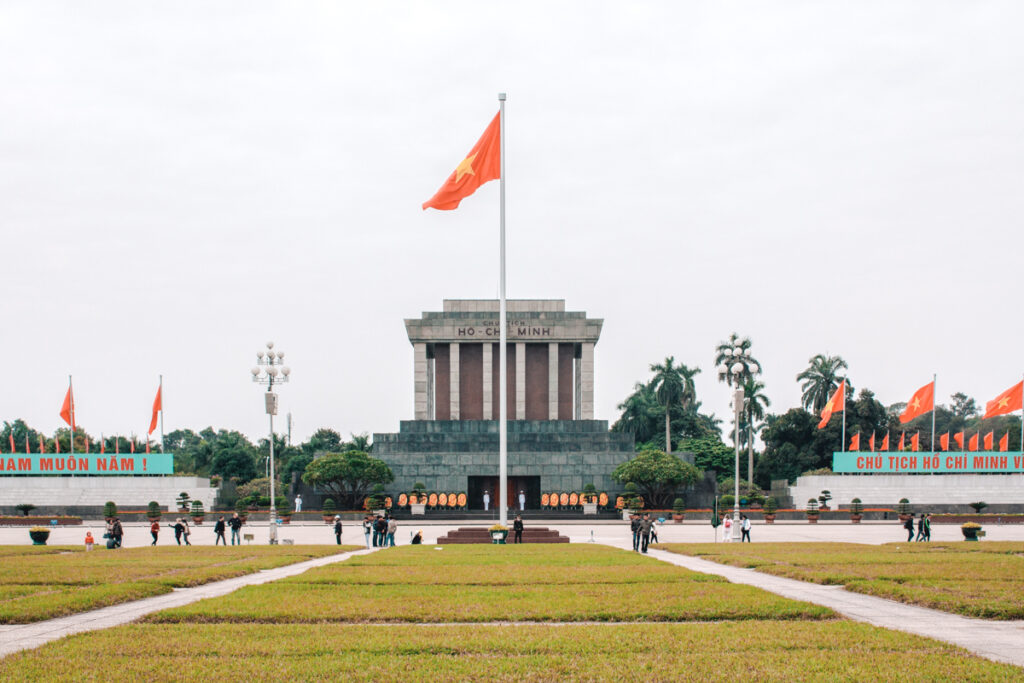
Ho Chi Minh Mausoleum, Hanoi, Vietnam
The Ho Chi Minh Mausoleum in Hanoi is a monumental tribute to Vietnam’s cherished leader, Ho Chi Minh. Located in Ba Dinh Square, the site where he declared Vietnam’s independence in 1945, this mausoleum houses his embalmed remains.
Its imposing granite structure, inspired by Lenin’s mausoleum in Moscow, draws both locals and tourists who come to pay their respects.
Both locals and tourists must comply with a strict code of conduct, reflecting the solemnity of the place. Silence must be maintained, the dress code must be respected, and photography is restricted.
The ticket price is VND 25 000 (US$1,07) per person.
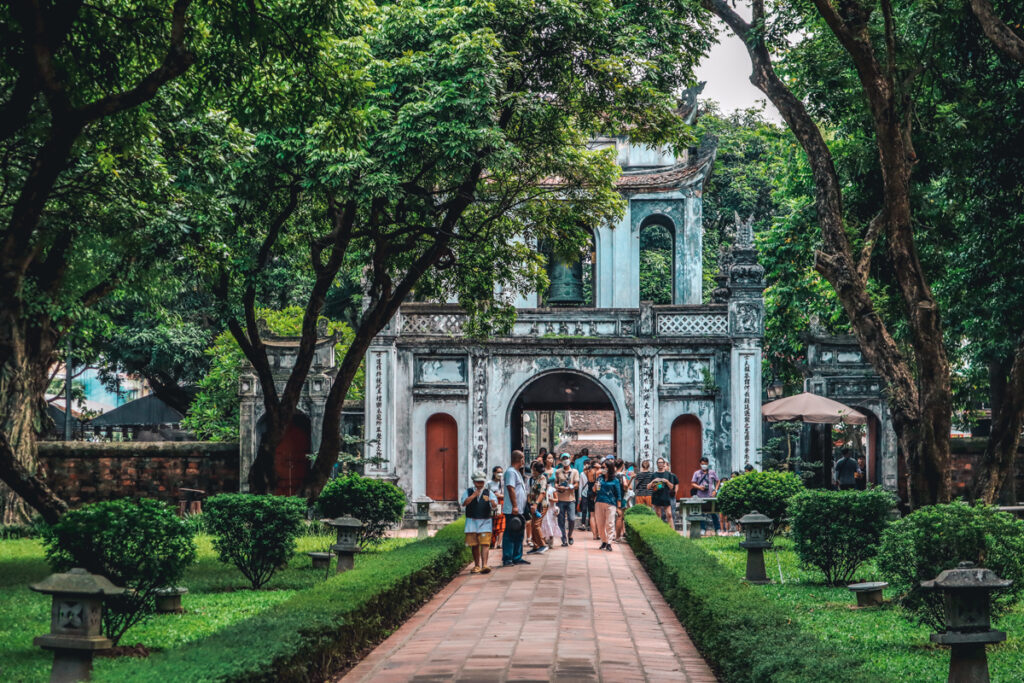
Temple of Literature, Hanoi, Vietnam
The Temple of Literature in Hanoi, originally built in 1070, is a great place to visit if you are interested in Vietnam’s rich history and love for education. Dedicated to Confucius, this ancient Southeast Asian temple later became the site of the country’s first university, the Imperial Academy, in 1076.
As you wander its five meticulously designed courtyards, amidst peaceful gardens and reflective ponds, the temple offers a respite from the city’s hustle.
Annual events are held here, especially during the Lunar New Year, drawing students from all over the country seeking blessings for their studies.
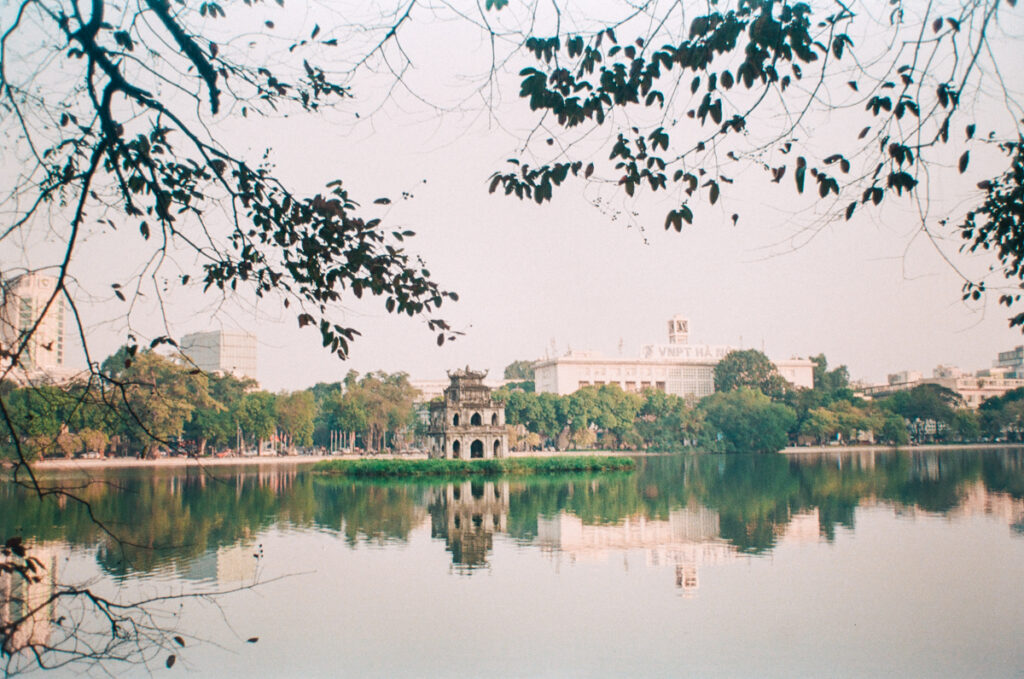
Hoan Kiem Lake, Hanoi, Vietnam
Hoan Kiem Lake, located in the heart of Hanoi adjacent to the Old Quarter is one of the most important landmarks in the city.
The picturesque lake is surrounded by lively streets and colonial-era buildings, offering a serene break from Hanoi’s bustling urban maze. The red Huc Bridge leading to the Ngoc Son Temple on a small island is a favorite photo spot.
A great thing to do in Hanoi is visit Hoan Kiem Lake early in the morning around 6-7 A.M. At this time of the day, you can see local Vietnamese engage in open-air morning yoga or aerobics. it’s fun to join or, if you are lazy, buy a coffee and watch the morning action around the lake from a distance.
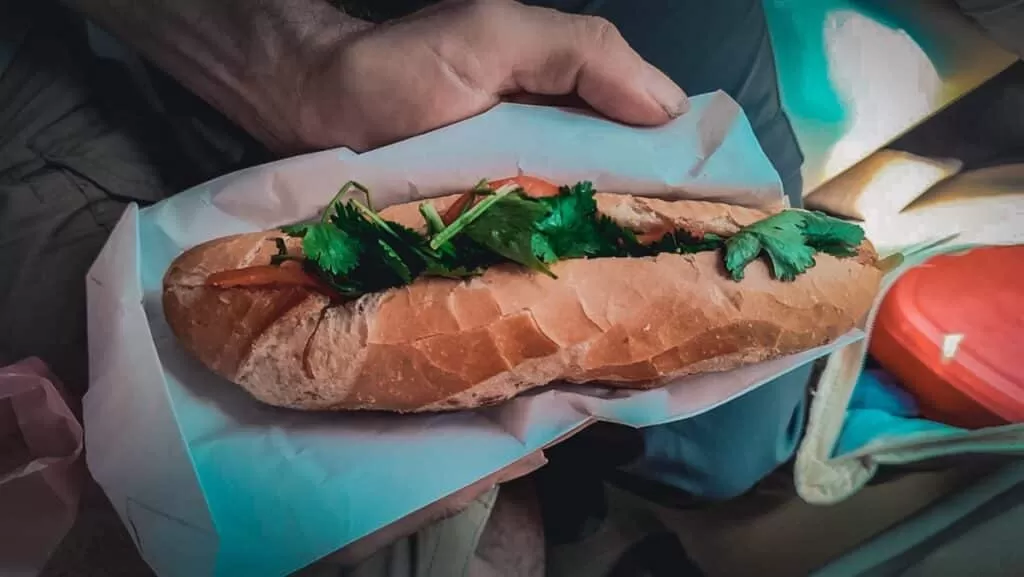
Vegan Banh Mi in Hanoi
While there are many great vegan restaurants in Hanoi, street food is something you shouldn’t miss out on in the capital of Vietnam!
Hanoi’s street food is an intoxicating blend of flavors, history, and culture. Every nook and alleyway in the Old Quarter is full of vendors serving dishes perfected over generations.
From the sizzling sound of “banh xeo” (Vietnamese crepes) to aromatic “pho” wafting in the air, Hanoi is truly a gastronomic paradise. Staples like “bun cha” (grilled pork with noodles but vegan versions are also available!)) and “nem ran” (fried spring rolls) are a must-try.
Sitting on plastic stools, amidst the cacophony of motorbikes and haggling, you are not only tasting authentic Vietnamese flavors but are also partaking in a social ritual that defines Hanoian daily life.
Here are the answers to a few more frequently asked questions from travelers who are thinking about visiting Vietnam and Hanoi in particular.
Both cities are generally safe for tourists and locals, with low violent crime rates. Petty crimes like pickpocketing or bag snatching can occur in busy areas in both cities, but many visitors experience no issues during their stay.
Traffic in both cities is equally chaotic. The number of motorbikes and the speed at which they move can be overwhelming at some times.
Having visited both cities, I feel that Hanoi is more laid-back and safer, while others might argue that HCMC, with its rapid development and international exposure, feels safer.
Western-style orientated travelers might prefer Saigon over Hanoi, while travelers who like to explore local culture might feel safer and more at home in Hanoi.
Tap water in Hanoi, and in many parts of Vietnam, is not typically considered safe to drink directly from the tap without prior treatment.
Many locals and residents don’t drink tap water in Vietnam directly. Instead, they prefer to boil it or use bottled water for drinking and cooking. Boiling water is a common method to ensure any potential contaminants are killed.
For travelers and tourists, it’s recommended to drink bottled water and ensure that bottles are sealed when purchased.
Additionally, when consuming ice in beverages, it’s a good idea to inquire if the ice has been made from purified water. Many restaurants catering to tourists are aware of this concern and use purified water for ice and cooking.
Hanoi, like many major cities around the world, offers a range of dining experiences from upscale restaurants to street food stalls. Generally, food in Hanoi is delicious, and most travelers enjoy it without any issues.
However, food poisoning can occur: It’s essential to choose food stalls that are busy, as high turnover means food is likely fresher and you should always be cautious with raw or undercooked foods. Fresh vegetables and fruits that you can’t peel can also be a concern if they’ve been washed in local tap water.
Sometimes, it’s not food poisoning but rather the change in diet and local ingredients that might upset your stomach!
There you go! I hope you enjoyed this guide about safety in Hanoi. As you can see, there is little concern regarding safety when you travel to the capital of this wonderful country!
Let me know in the comments below if you have any questions or drop me a message through my contact page.
Also, don’t forget to check out my resources page with my favorite booking platforms and tips to start planning your trip. Additionally, have a look at my favorite travel gear if you want to pack more consciously!
ENJOY!
Disclaimer: This post may include affiliate links. If you click on them, I may receive a commission at no extra cost to you.
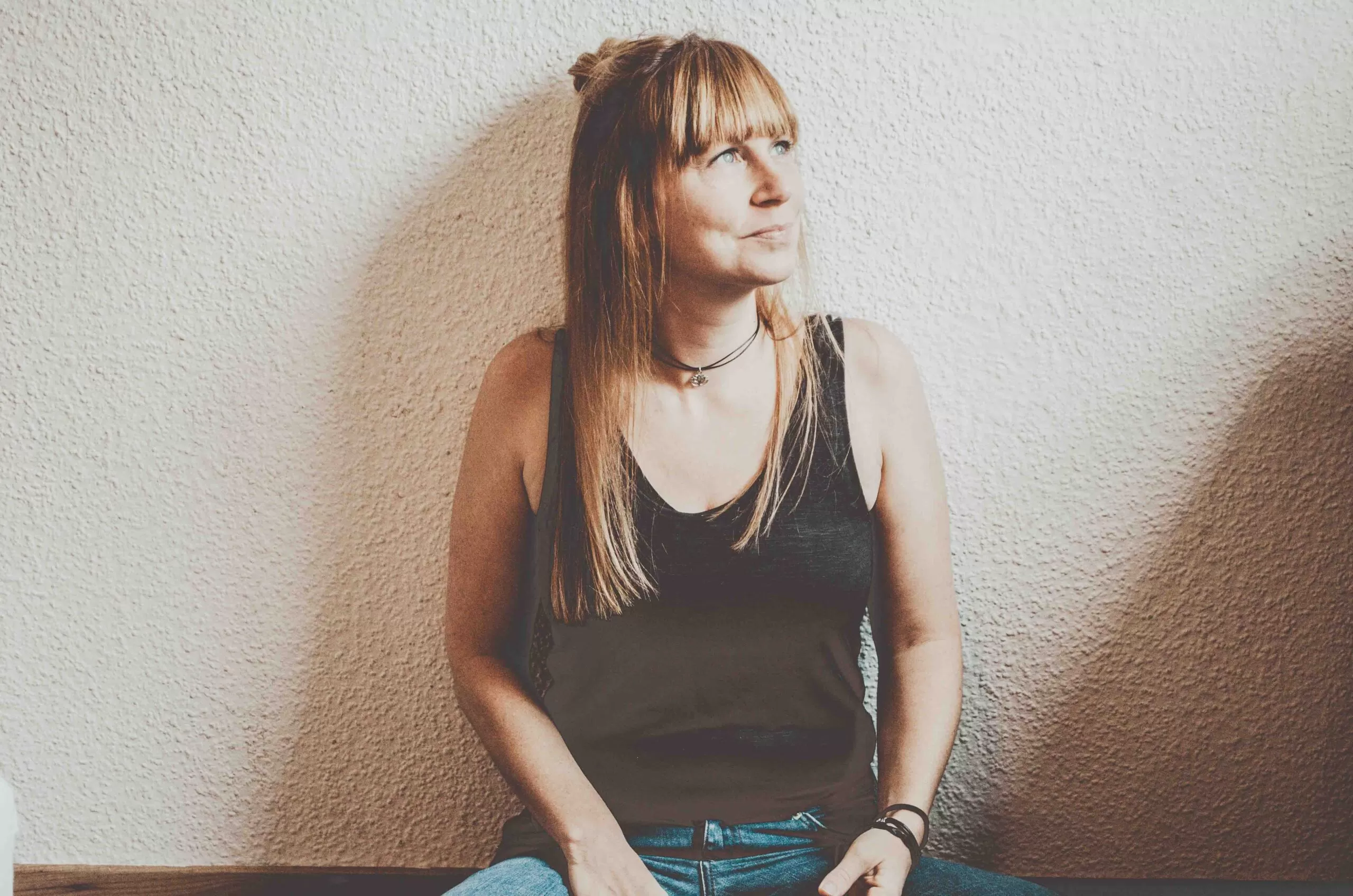
Hi! I am Annelies and this is Travelers & Dreamers, a blog about conscious travel which means traveling in a more mindful way, with a positive impact on the world and yourself!
On this website, I cover different topics like slow travel, plant-based food guides, responsible travel, sustainable packing, eco-travel, and more!
Latest Posts

15 Best Things to Do in Nong Khiaw, Laos (2024)
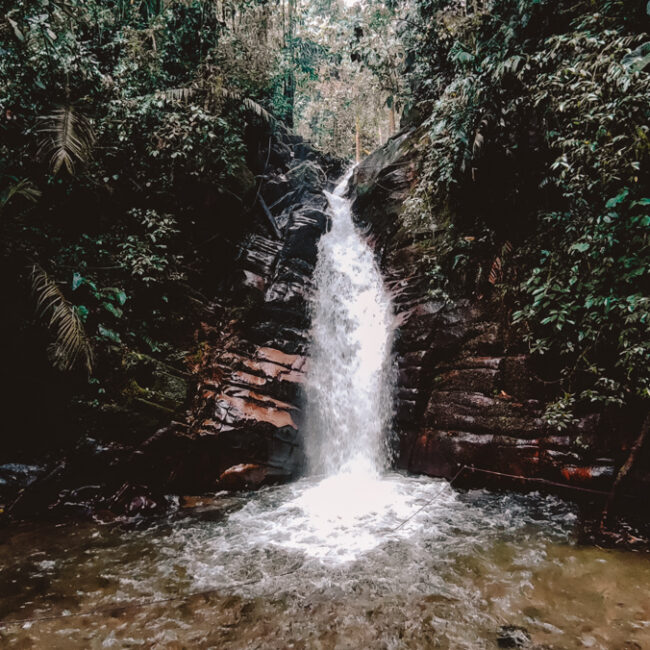
Santa Rita, Salento: All You Need to Know
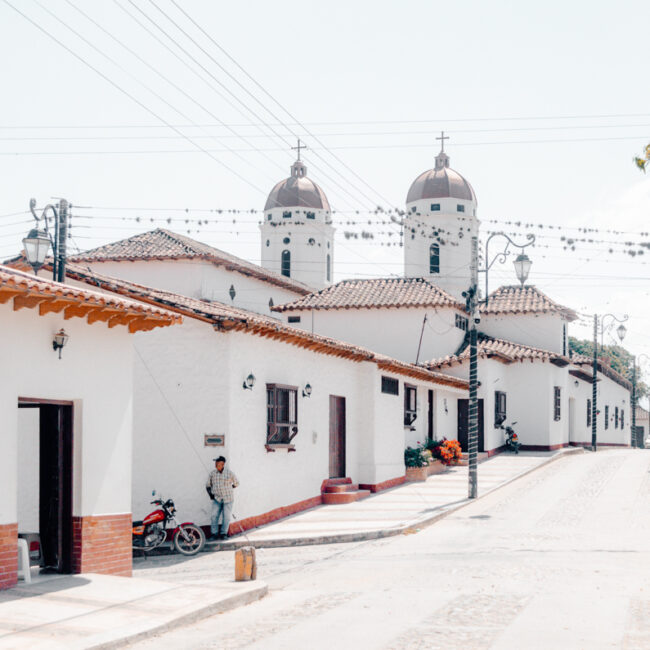
La Playa de Belen, Colombia: An Easy Travel guide!
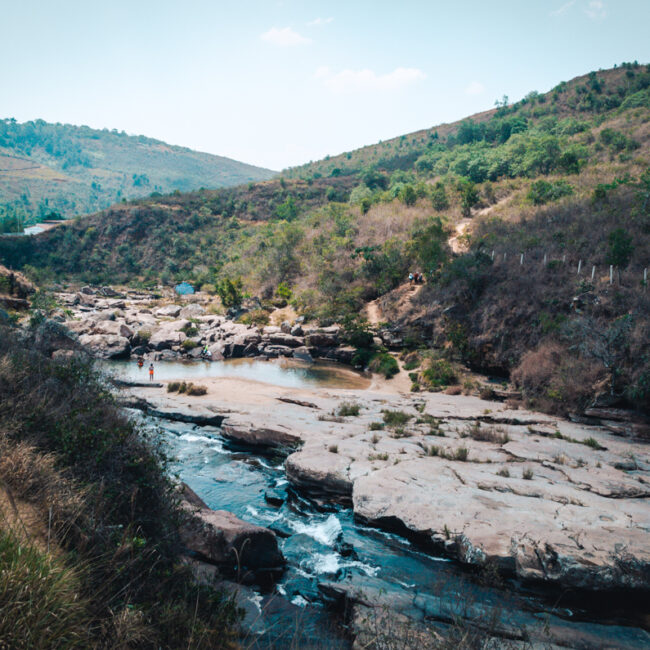
How to Visit the Pescaderito in Curiti (Near San Gil)
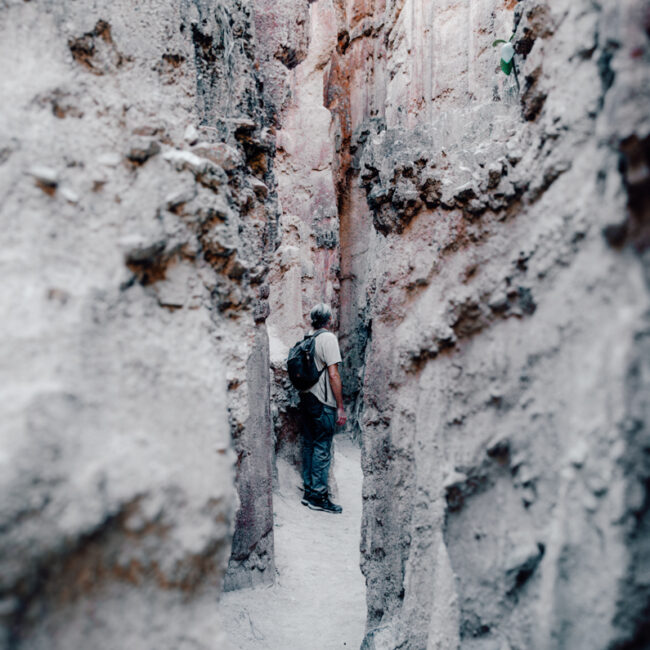
Los Estoraques Unique Natural Area: An Easy Travel Guide
Do you want to receive my latest finds on conscious and sustainable travel directly to your inbox? Subscribe here!
© COPYRIGHT TRAVELERS&DREAMERS, 2023.